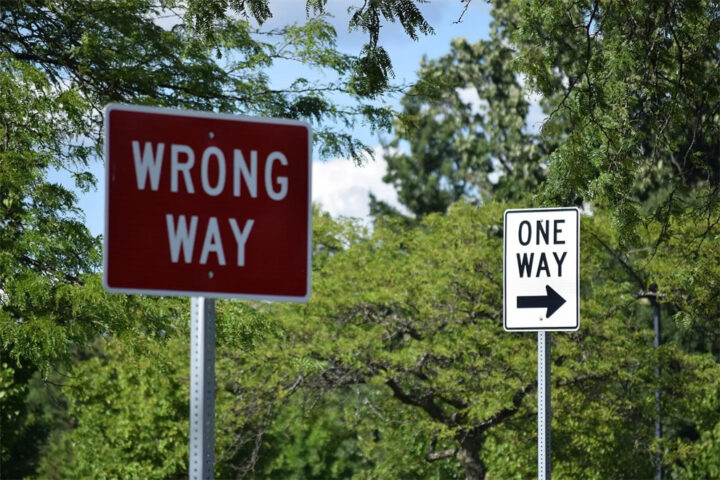By
Fiona Mullen
Sapienta Economics Ltd
Â
Tourism is down…
Figures published on Tuesday showed that the number of tourism arrivals in
This performance is in contrast to the rest of
The UNWTO reported that arrivals in Southern Mediterranean Europe had risen by 4.6% year on year in January-August, compared with 5.7% for the whole of 2005.
There are many immediate causes for the fall of tourism in
Strong growth in arrivals from the Gulf and
There are also many longer-term causes for the
Even now, plans to build more marinas, golf courses and casinos do not have an air of urgency about them.
Â
…but GDP is up
As Chart 1 shows, the last time the number of arrivals fell in
There was another bad year in the Iraq-SARS year of 2003. Tourism arrivals fell by 4.8% and again real GDP growth recorded just 1.8%–well below its ten-year trend of around 3.5%.
In 2004-05, when tourism arrivals rose, real GDP growth rose above trend.
However, something unusual happened in 2006: arrivals fell by 2.8%, but according to (normally reliable) estimates from the Statistical Service, real GDP growth grew by 3.8% last year, only very slightly lower than the 3.9% recorded in 2005.
Â
The good news…
Does this mean that the
There are some tentative signs that the economy is indeed reducing its dependence on tourism.
First, it is a good sign that the economy slowed, but did not shrink, even during those years in which tourism arrivals (and revenue) fell.
Second, a look at the contribution of various sectors to overall growth in the past decade or more suggests that the biggest contribution to growth came from outside the tourism sector.
Examining a sector’s contribution to growth, as opposed to just its growth rate, gives a much better idea of what is driving growth.
For example, the fastest-growing sector in the years 1996-2006 was in fact “private households with employed personsâ€, ie housemaids. This sector grew by an average 14.2% in the 11-year period 1996-2006, whereas average growth of real value added in this period was 3.5%.
However, the housemaid sector is tiny: it accounted for only 0.6% of gross value added in the same period. Therefore its contribution to growth–its share of the pie in Chart 2–was only 2.5%: too small even to make it as a separate section.
The sector that in fact made the biggest contribution to growth in 1996-2006 was “real estate, rental and business activityâ€. It grew on average by 4.3% in 1996-2006 and was responsible for about one-fifth of all the growth (one-fifth of the pie in Chart 2) in that period.
It is a pity that for the time being there are no up-to-date statistics showing a breakdown of this large sector. It comprises real estate; machinery & equipment rental; computer & related activities; research & development; and other business activity.
Knowing exactly which of these is behind the strong contribution to overall growth would allow us to answer with more certainty the main question in this article: whether the economy is de-coupling from tourism.
However, looking at some other sectors can point us in the right direction.
The next largest contributors to growth were “transport, storage and communicationâ€, contributing 16.1%, and “wholesale and retail tradeâ€, contributing 14.6%.
Obviously, both of these sectors are also influenced by tourism. But they also include other important elements, such as shipping and retail sales to residents.
Most tellingly of all, however, the one sector which is almost exclusively tourism-related contributed just 2.8% to the “growth pie†in 1996-2006. Many sectors which are much smaller in absolute size–financial intermediation; public administration and defence; education; and construction–actually made a bigger contribution to growth.
Â
…and the bad news
But developments in two of these sectors could also leave us with something to worry about.
First, the
One hopes that the main reason why the public sector grew in this period was because of the many additional staff requirements implied by EU membership. However, if this is not the case, then it might mean that we have managed to wean ourselves off tourism only to depend more and more on the government.
Secondly, the strong contribution of construction (as well as real estate) could indicate that tourism remains as important as ever, but that it is shifting focus away from two-week beach holidays towards the holiday home sector.
These tourists, some of whom stay for months on end because they are retired, are probably more resilient than those put off by the odd security alert.
But they will probably still be influenced by swings in interest rates, changing weather patterns and, most important of all, their perceptions of whether they are getting good value for money.







